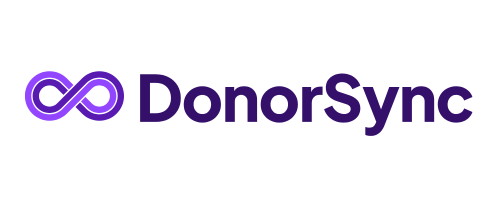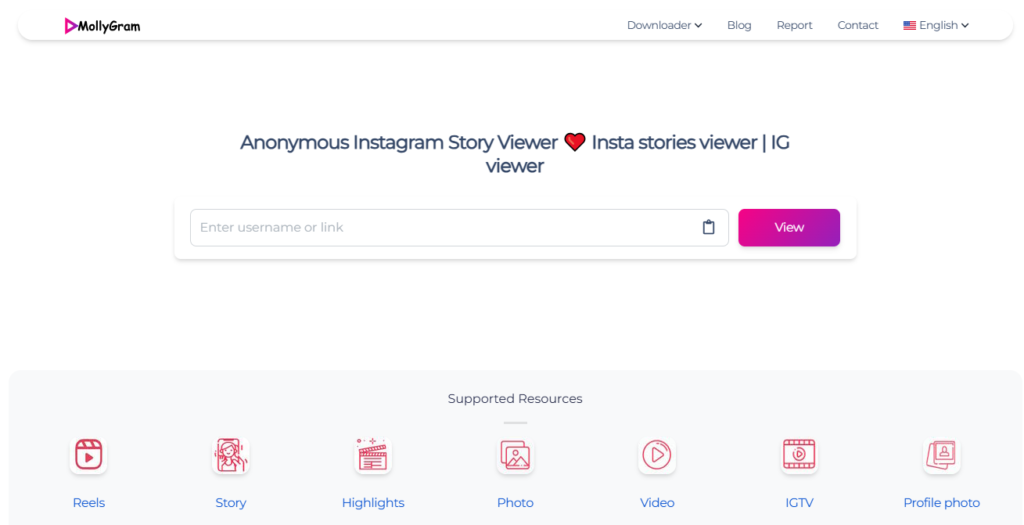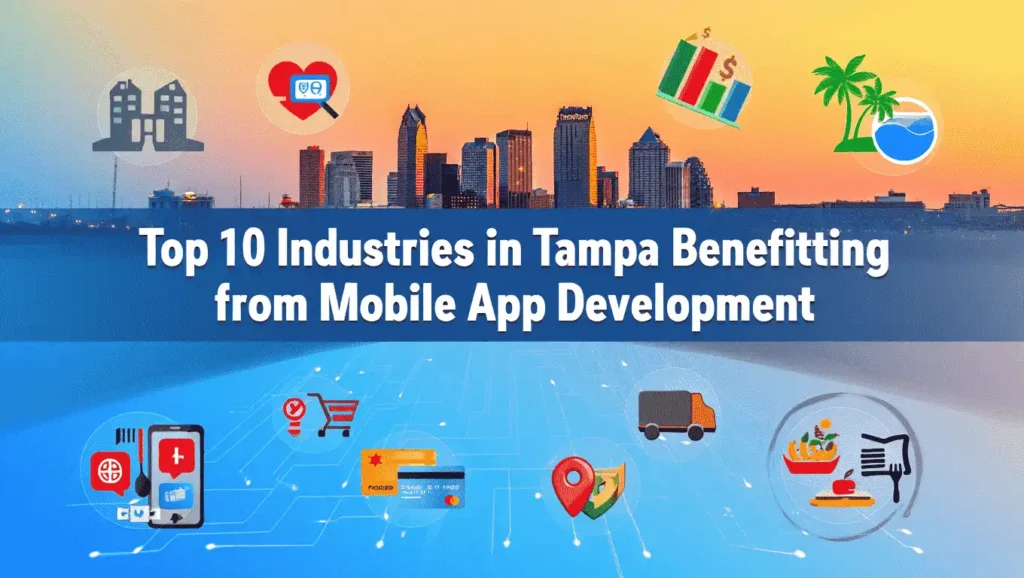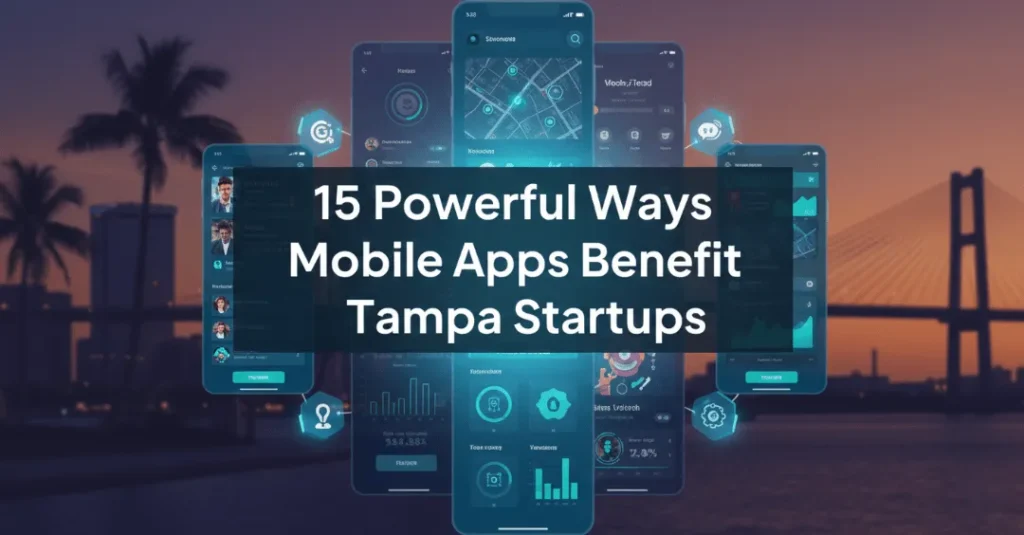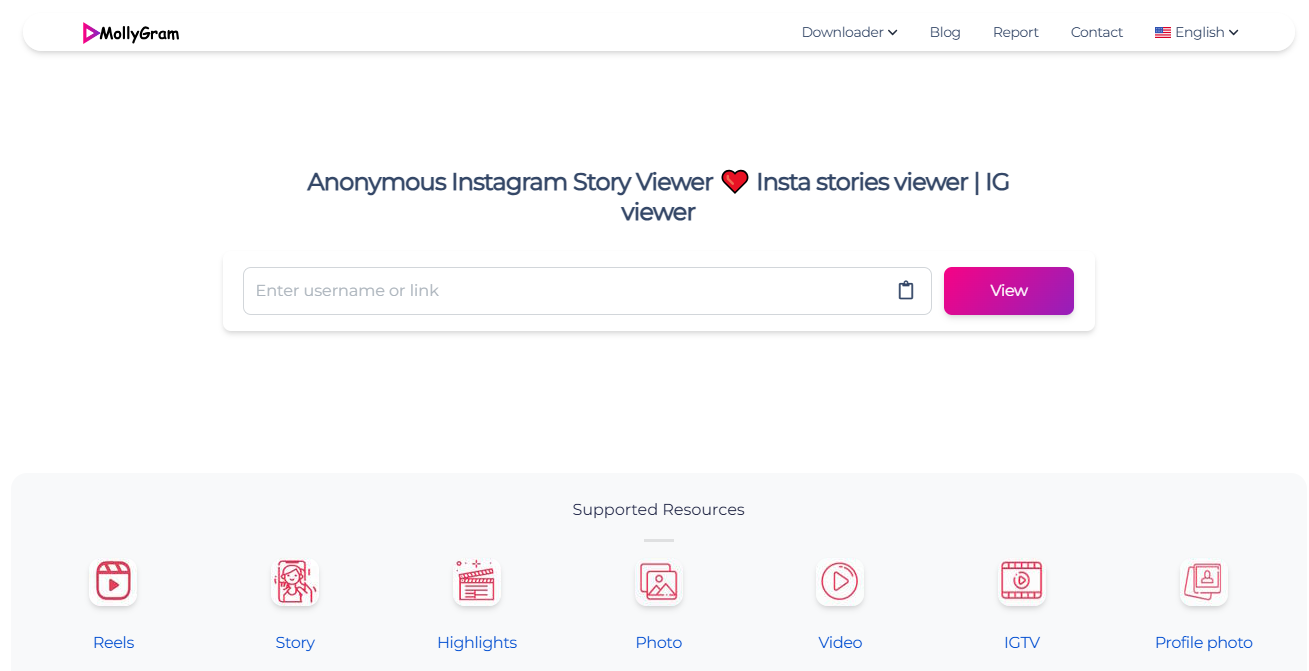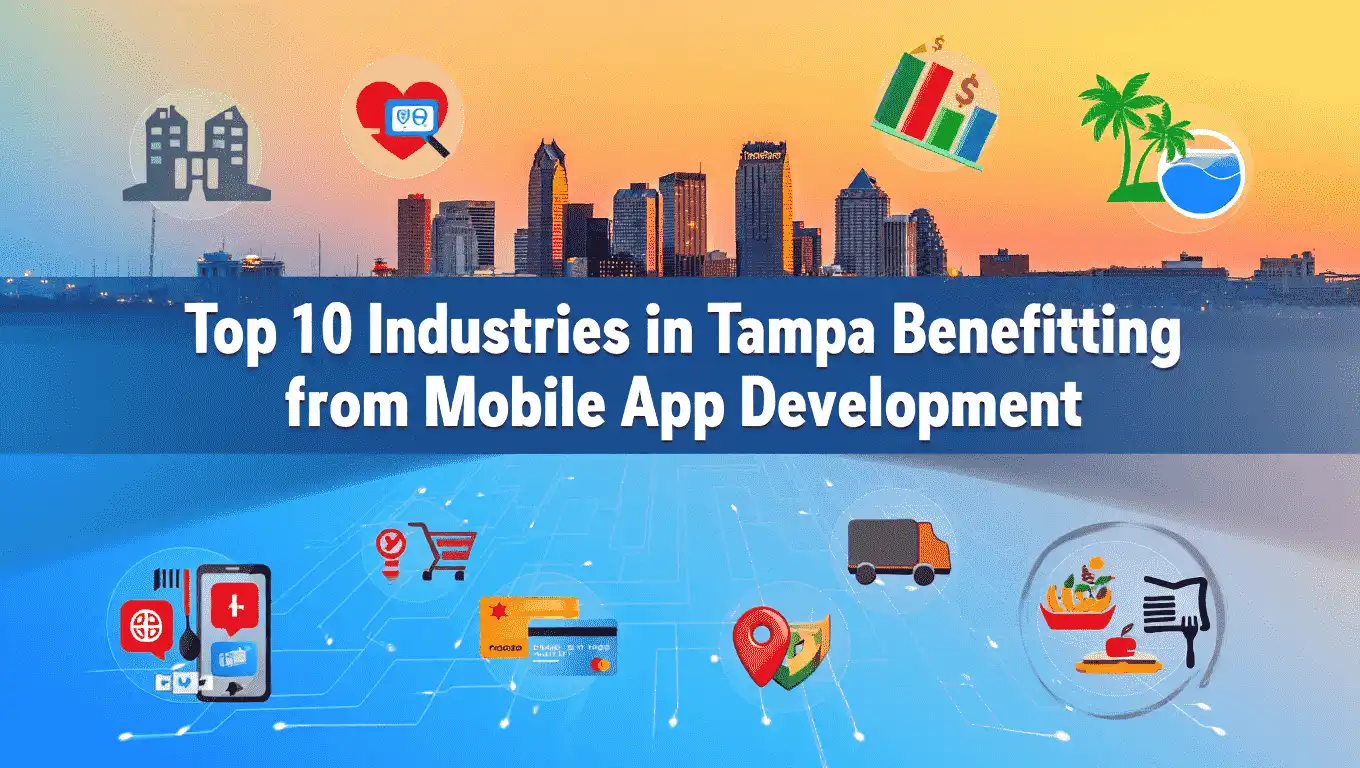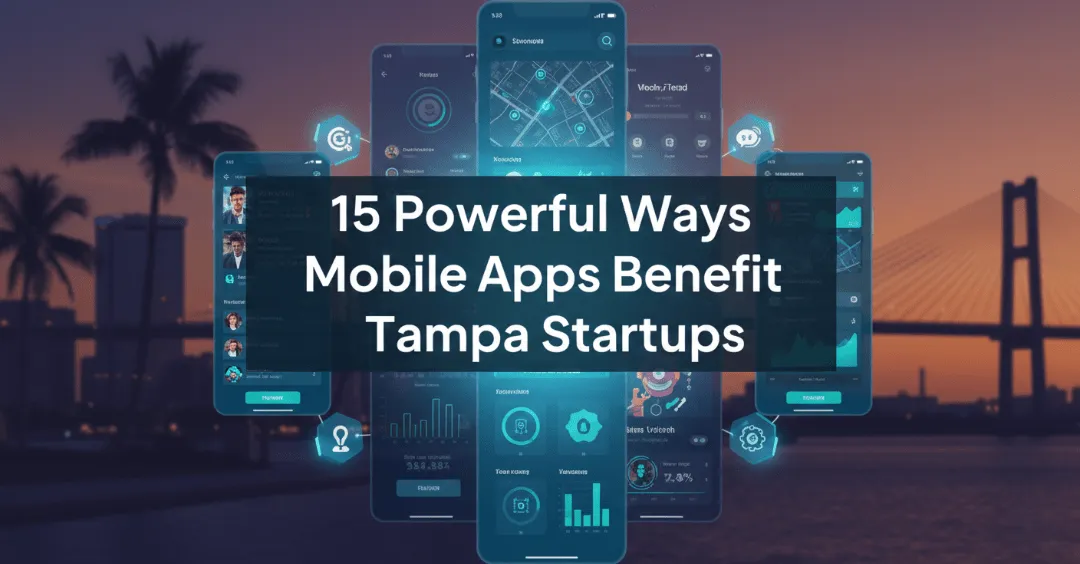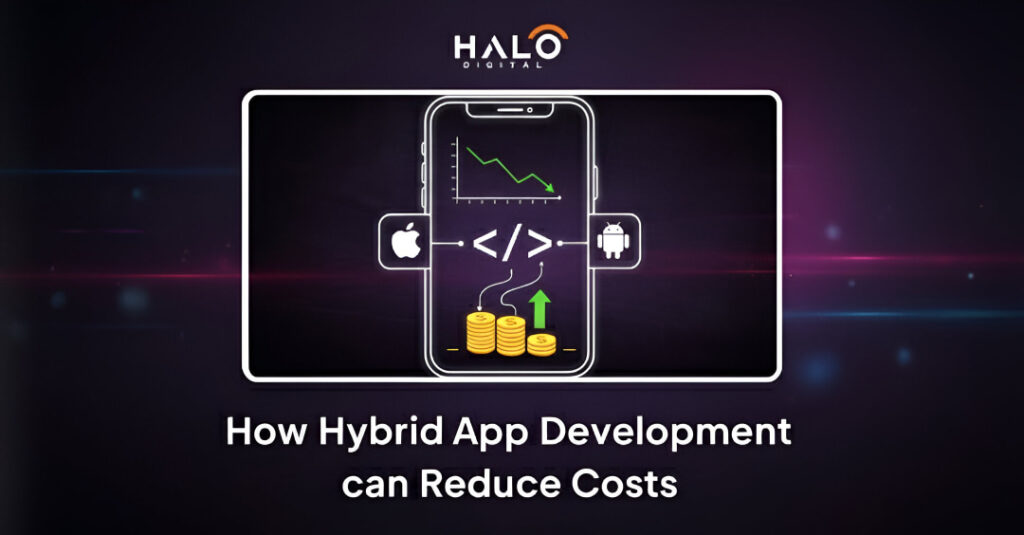As businesses continue to rely on technology to run operations, engage customers, and scale efficiently, choosing the right type of application has become more important than ever.
One common decision companies face is whether to invest in a web-based or cloud-based application.
At first glance, these two may seem interchangeable—both rely on internet access and remove the need for traditional software installations.
But when you take a closer look, the differences between web-based vs cloud-based applications become much clearer.
They vary not only in how they’re designed and deployed, but also in how they handle data, offer flexibility, and support long-term growth.
For decision-makers, understanding these distinctions is key.
Making the right choice can impact your company’s performance, cost-efficiency, scalability, and even security.
A solution that works well for a small team managing simple tasks may not suit a growing enterprise with complex infrastructure needs.
In this blog, we’ll explore the key differences between web-based and cloud-based applications, explain how each works, and help you determine which option aligns best with your business goals.
Whether you’re launching a startup, upgrading your internal systems, or building customer-facing tools, this guide will help you make a more informed, strategic decision.
What Is a Web-Based Application?
Web-based applications are software programs that operate entirely in the web browser. The applications are run by web servers and are accessed via internet connections. Users do not need to install them on local devices. For instance, you can use Gmail, Trello, and online banking portals.
Web apps are based on a central backend system that delivers information in a dynamic or static manner to users through the browser. They’re great for lightweight tasks and accessibility to a large audience.
What Is a Cloud-Based Application?
A cloud-based app is a program which makes use of cloud computing to provide services on the internet. In contrast to traditional web applications, cloud-based apps are able to manage operations, store data and provide services through remote servers and not only browsers.
Cloud-based apps are typically accessible on a variety of operating systems and gadgets. They are Google Drive, Dropbox, and Salesforce. They allow instant collaboration as well as offline capabilities. They also offer massive-scale processing of data.
How Web-Based Applications Work
Web-based apps follow a server-client model:
- Client: The client interacts with the application via the web browser.
- Server: This server process requests, executes applications, and transmits responses for the user.
If a user clicks on or enters information an online browser sends an inquiry (usually either HTTP (or HTTPS)) at the server. The server takes care of the logic–such as receiving data or processing inputs–and responds with data or content that the browser shows.
Web applications are usually in a stateless mode, meaning that every request is distinct and does not depend on interactions from the past. They employ HTML, CSS, and JavaScript for their front-end and backend, whereas the frontend could be based on technology such as PHP, Python, Ruby, Node.js, or Java.
Examples:
- Banking systems online
- Platforms for learning online
- Blogs and Content Management Systems (CMS)
How Cloud-Based Applications Work
Cloud apps run using cloud infrastructure, which is typically hosted on platforms such as AWS (Amazon Web Services), Google Cloud Platform (GCP) and Microsoft Azure. Instead of relying on one physical server, these apps make use of the virtualized resources of a network to provide services on a large size.
The most important components are:
- Virtual servers that allow for a variety of computing power
- Distributed databases that handle huge quantities of data
- Scalable storage solutions that expand according to the demand
Cloud-based applications provide continuous services via APIs and background processes and real-time sync. They can be accessed via many devices and typically provide offline and online modes to provide uninterrupted access.
Examples:
- Microsoft 365
- Slack
- Adobe Creative Cloud
What Are the Different Types of Web Based Applications?
Web-based applications differ in their function and usage. Understanding the differences between each type of application can help you achieve your goals. When you are comparing cloud apps vs. web application comparison, be aware of the fact that all cloud applications are web-enabled but not all web applications utilize cloud infrastructure.
Here’s a list of the most popular web-based applications:
1. Static Web Apps
Static web applications display fixed content that won’t alter until the source code is altered. These applications are speedy light and easy to use for informational websites that are simple like landing pages or portfolios which don’t need user interaction or real-time information.
2. Dynamic Web Apps
Dynamic web applications create content in real-time, by using server-side scripting. They connect to databases which allow users to login and comment on or personalize content. The most popular examples are social network websites, news sites as well as content management systems (CMS).
3. Single Page Applications (SPAs)
SPAs load one HTML page, and then dynamically update information without having to refresh the webpage. This provides an uncomplicated user experience. Technologies such as AJAX and frameworks such as React or Angular are the foundations for SPAs like Gmail as well as Trello.
4. Multi-Page Applications (MPAs)
MPAs need a full page refresh every time the user visits the next section. Each page is unique in its design and structure. Online stores like Amazon generally follow this format because of the complex features on different pages.
5. Progressive Web Apps (PWAs)
PWAs blend the best features of native and web-based apps with the best of both. They allow accessibility offline, notifications via push and speedy load times. Made with Web manifests and service workers PWAs such as Twitter Lite function reliably even when networks are slow or unstable.
6. E-commerce Web Apps
E commerce apps are designed to support seamless online shopping and include features like product catalogs, secure payment gateways, real time inventory systems, and smooth checkout flows. These apps are a core part of modern online shopping apps used by businesses across the USA, and they must deliver fast performance, strong security, and a consistent user experience on both desktop and mobile devices.
What Are the Different Types of Cloud Based Applications?
1. SaaS (Software as a Service)
SaaS delivers complete, cloud hosted software that users access through a subscription model. Everything runs online, and the vendor manages updates, security, and infrastructure. Examples include Zoom and Microsoft 365.
2. PaaS (Platform as a Service)
PaaS provides developers with ready to use tools, runtime environments, and frameworks to build, test, and deploy applications without managing servers. It simplifies development workflows. Heroku and Google App Engine are common examples.
3. IaaS (Infrastructure as a Service)
IaaS supplies virtualized computing resources such as storage, servers, and networking over the internet. It gives businesses full control over infrastructure while eliminating the need for physical hardware. Amazon Web Services and Microsoft Azure are leading examples.
4. Function as a Service (FaaS) or Serverless Computing
This model lets developers run individual pieces of code in response to events without managing any servers. It automatically scales based on demand and charges only for actual execution time. Examples include AWS Lambda and Azure Functions.
Key Differences Between Web-Based and Cloud-Based Applications
The whole cloud-based app debate between web and cloud-based applications comes from the following distinctions between these two types of applications:
Hosting
Web-based applications are usually hosted on one server or in a shared hosting environments. Cloud-based apps, on the other hand, make use of a cloud infrastructure distributed across the globe that gives more performance and greater reliability.
Accessibility
Web-based apps require internet connectivity and are run by browsers. Cloud apps offer native and browser-based experience and often support various platforms and devices that provide easy access.
Data Storage
Web applications typically store data on one computer or locally-based database. Cloud applications save data to the cloud which makes it easy to access shared, stored data across multiple servers.
Scalability
Cloud-based applications automatically scale according to demand, whereas web apps typically have to be manually scaled. Cloud apps are ideal for companies that are growing.
Offline Access
The majority of web-based apps do not allow offline access. Cloud apps often offer offline capability via the local cache as well as background sync.
Example Comparison
Google Docs and Gmail are excellent cloud applications vs web applications examples. In contrast, the difference between web-based applications and desktop applications lies in installation–desktop apps require local setup, unlike web apps.
Here’s a quick explanation:
- Web Application: A library website with an online catalog.
- Cloud app: Like Google Docs which allows real-time editing and cloud storage.
Benefits of Web-Based Applications
Web-based apps offer the convenience, flexibility, and a wide range of access.
They’re perfect for companies looking for affordable, flexible solutions that can run smoothly across different devices without needing complicated installations or regular manual updates.
- Simple access through browsers: Users can use the application from any device with only a web browser. No installation or downloads are required.
- Minimum storage requirements for devices: As the app is run via remote servers, the users do not have to be concerned about local storage or issues with performance.
- Simple updates and maintenance: Developers can instantly roll out updates and ensure that all users have the latest version, without any manual intervention.
- Web apps that support cross-platform compatibility: Web apps can be used with tablets, desktops and smartphones, as long as a modern browser is installed.
- Centralized management of data: All data of users is safely stored in the servers, which makes backup and recovery simpler and more secure.
Benefits of Cloud-Based Applications
Cloud-based apps empower businesses with rapid scalability, increased collaboration, and secure access to data.
They allow businesses to quickly adapt and work effectively across devices, teams and international places.
- Flexibility and scalability: Cloud resources can easily increase or decrease their capacity in real-time which reduces costs and improves performance.
- More storage capacity: Storage and management is easy. Huge amounts of data across the cloud without affecting performance or speed.
- Backup and disaster recovery: Backups that are automated and recovery protocols safeguard critical data from losing because of hardware failure or cyber-attacks.
- Multi-device access and sync: Users can sign-in on any device with internet connectivity and continue where they had left off.
- Innovative integration possibilities: Cloud applications are able to easily integrate with third-party applications improving functionality and streamlining the business processes.
Industry Use Cases: When to Choose Web vs Cloud
The decision between a web application and cloud-based application is based on the size of your company as well as the complexity of your operations and the growth requirements. Below are the different industries that benefit from each option:
Web Applications
Web-based apps are ideal especially for medium and small enterprises (SMEs) who are looking for low-cost solutions for customer interaction or internal business operations.
For instance, a local retail store could use a Web-based point-of-sale or booking system that can be accessed via browsers.
Cloud Applications
Cloud-based apps are ideal for large companies that require instant collaboration, huge-scale data storage, and a seamless connection across multiple devices and regions.
An example: A multinational technology company could use Microsoft 365 and Salesforce to manage documents, teams, and clients from any place.
Emerging Trends in Web and Cloud Applications
As technology improves, internet and cloud applications are becoming more sophisticated and faster as well as more connected.
Whether you want cloud or web application development in Baton Rouge or other cities, these are the top trends that will shape how digital technologies will progress in 2025 and beyond.
These are the top trends that will shape how digital technologies will evolve in 2025 and beyond.
- Hybrid designs: integration of Progressive Web Apps (PWAs) with cloud infrastructure enables users to have offline access as well as real-time sync as well as seamless updates between all devices.
- Edge computing: By processing data closer to the end user’s location, edge computing lowers delay and speeds up and enhances the performance of applications that are time-sensitive.
- Artificial Intelligence and Automation: Cloud-based apps are increasingly utilizing artificial intelligence to provide intelligent analytics and predictive behavior, as well as automated workflows and personalized user experiences.
- Development that is low-code or no-code: Businesses are embracing platforms that let developers build and launch their applications quicker, with no coding required, accelerating the digital transformation.
Choosing the Right Solution for Your Business
Making a choice between a cloud app vs web app application is contingent on your particular objectives, your resources, and long-term plans. Utilize this checklist to help you make an informed, strategically based decision:
- Size of business: Small to medium-sized companies (SMEs) usually thrive with applications that are light on the web, whereas larger corporations generally require the capacity and the infrastructure for cloud-based services.
- The functionality you require: When you require real-time sync, offline capabilities, or intricate integrations, cloud applications offer greater versatility and performance than conventional web-based apps.
- Budget: Web-based apps generally offer lower initial and maintenance costs, which makes them perfect for companies who have tight budgets for development.
- Future plans for scaling: Cloud-based applications are best designed for companies expecting rapid growth because they can handle increased information, users and more advanced features as time passes.
FAQs
What is the primary difference between cloud-based and web-based applications?
The primary difference between cloud based vs web based applications is that Web apps run in the browser and reside on central server. Cloud applications use cloud infrastructure that is distributed, and offer more functionality and allow offline access.
Are cloud apps always superior than web-based apps?
It’s not always the case. It’s all about your business requirements, budget, as well as scaling needs. Web-based applications are excellent for cost-effective, simple solutions.
Does a web application also be a cloud-based app?
Yes. A lot of modern web applications use cloud services to store data processing, scalability, or processing. The lines are blurring more and more.
What are some examples of cloud-based software?
Google Drive, Dropbox, Microsoft 365, and Salesforce.
What are some examples of web-based apps?
Gmail, Trello, online banks, and blogs such as WordPress.
Conclusion: Web App vs Cloud App – Which One Fits You Best?
If you are deciding between a cloud based application and web application, it is based on the needs of your particular business.
If you’re looking for something basic, easy to use, user-friendly, and browser-driven, choose an online application.
If you’re looking for speed, performance, and advanced capabilities, cloud-based applications are the ideal option.
Are you having trouble deciding on or creating the perfect solution?
HALO Digital is here to help. Our team of expert app developers Atlanta and tech strategists will guide you through the entire process—from choosing the right architecture to delivering a secure, scalable, and high-performing application tailored to your goals.
Let’s build something great together.






